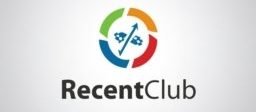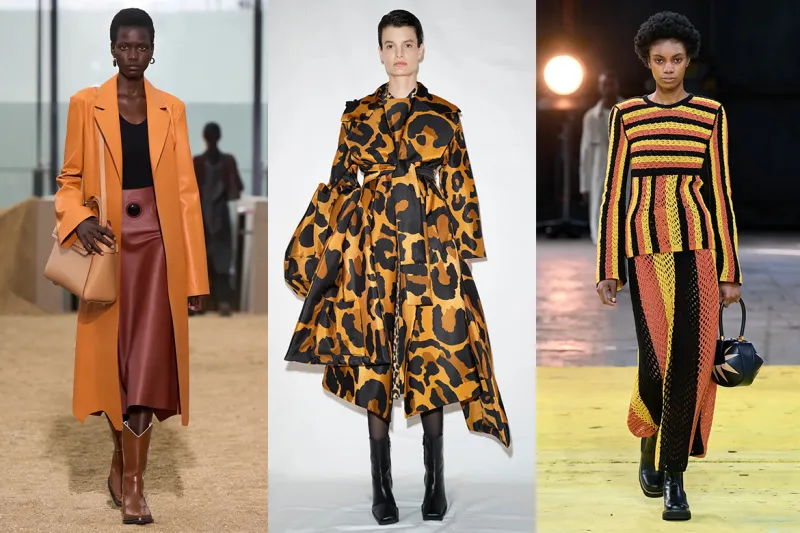Fashion forecasting is an integral aspect of the fashion industry, involving the analysis, interpretation, and prediction of trends that shape the future of style and design. From runway shows to retail shelves, this practice influences the creation, marketing, and consumer adoption of fashion globally. Let’s delve into the world of fashion forecast analysis, unraveling the methodologies, significance, and impact it holds within the dynamic landscape of style and innovation.
The Essence of Fashion Forecast Analysis
Trend Prediction:
Fashion forecast analysis involves identifying emerging styles, colors, fabrics, silhouettes, and design elements that are likely to gain popularity in the upcoming seasons.
Consumer Behavior Insights:
By analyzing consumer preferences, lifestyles, cultural shifts, and socio-economic factors, forecasters anticipate how these dynamics will influence fashion choices.
Market Research and Global Influences:
Examination of global events, art, culture, socio-political climates, and technological advancements helps forecasters gauge influences on fashion trends.
Methodologies and Approaches
Research and Data Analysis:
In-depth research, data collection, and analysis of historical trends, market reports, consumer behavior, and industry insights serve as the foundation for forecasts.
Trend Spotting and Observation:
Forecasters observe runway shows, fashion weeks, street styles, and design showcases to spot emerging patterns and innovative elements.
Collaboration and Expert Insights:
Collaborations with designers, stylists, industry experts, and trend forecast agencies contribute diverse perspectives and insider insights.
Elements of Fashion Forecasting
Color and Fabric Trends:
Identifying dominant color palettes, fabric textures, patterns, and finishes that resonate with upcoming fashion seasons.
Style and Silhouette Projections:
Predicting shifts in garment shapes, lengths, cuts, and design details that will define future fashion aesthetics.
Cultural and Socio-Economic Influences:
Analyzing cultural movements, societal changes, technological advancements, and environmental concerns shaping fashion choices.
Impact and Significance
Design and Product Development:
Forecast analysis guides designers in creating collections that align with projected trends, ensuring relevance and consumer appeal.
Marketing and Brand Strategies:
Brands utilize forecast insights to tailor marketing campaigns, retail merchandising, and branding efforts to resonate with consumer preferences.
Consumer Adoption and Influence:
Fashion forecasts influence consumer purchasing decisions, shaping what’s showcased in stores and adopted into personal styles.
Future Trends and Adaptations
Sustainability and Ethical Fashion:
Growing awareness leads to forecasts emphasizing sustainable practices, eco-friendly materials, and ethical production processes.
Digital Innovation and Technology:
Integration of technology, virtual experiences, and AI-driven analyses will further refine forecasting methodologies.
Inclusivity and Diversity:
An emphasis on diverse representations and inclusive designs will shape forecasts to cater to a wider range of consumer demographics.
Conclusion
Fashion forecast analysis serves as a compass, guiding the fashion industry through the ever-evolving landscape of style and innovation. By deciphering trends, consumer behavior, and global influences, forecasters empower designers, brands, and consumers to navigate the dynamic world of fashion. As trends continue to evolve, forecasting methodologies will adapt, reflecting societal shifts, technological advancements, and changing consumer values. Understanding the intricacies of fashion forecasting highlights its pivotal role in shaping the future of fashion, driving creativity, and ensuring that the industry remains dynamic, responsive, and attuned to the pulse of evolving consumer desires.

